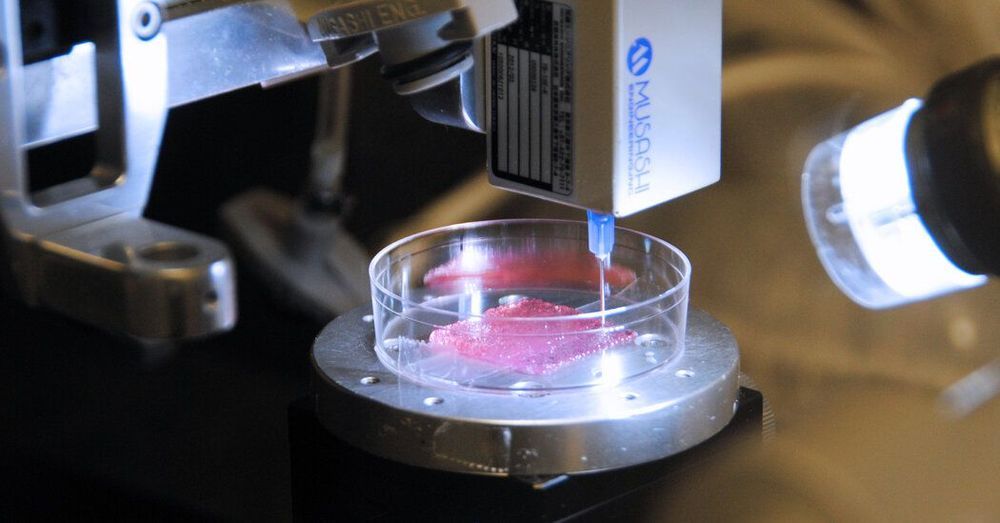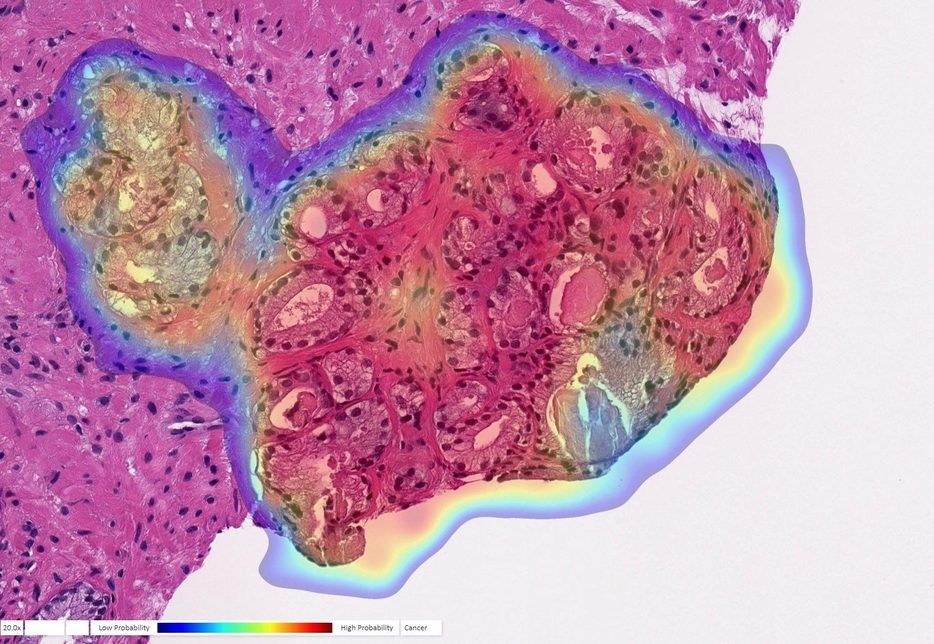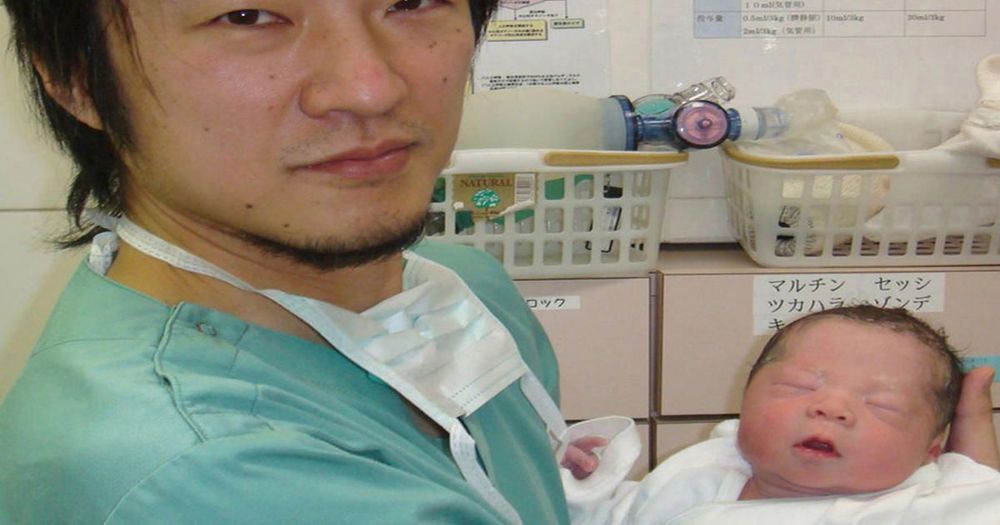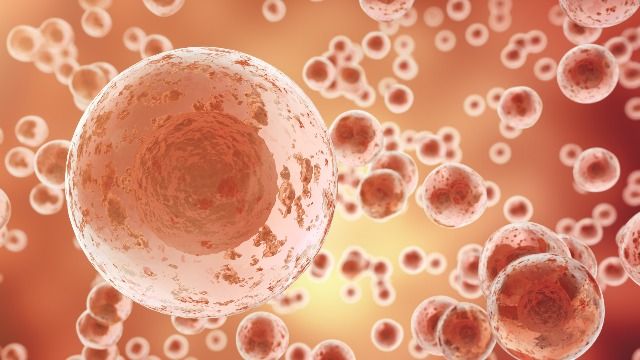Bioprinting could be used for testing potential treatments for Covid-19, cancer and other diseases.
Bioprinting’s importance for pharmaceutical analysis is paramount now, not only for potential Covid-19 treatments, but also for testing treatments for cancer and other diseases. Dr. Atala says that the organoids allow researchers to analyze a drug’s impact on an organ “without the noise” of an individual’s metabolism.
He cited Rezulin, a popular diabetes drug recalled in 2000 after there was evidence of liver failure. His lab tested an archived version of the drug, and Dr. Atala said that within two weeks, the liver toxicity became apparent. What accounts for the difference? An organoid replicates an organ in its purest form and offers data points that might not occur in clinical trials, he said, adding that the testing is additive to, rather than in lieu of, clinical trials.







